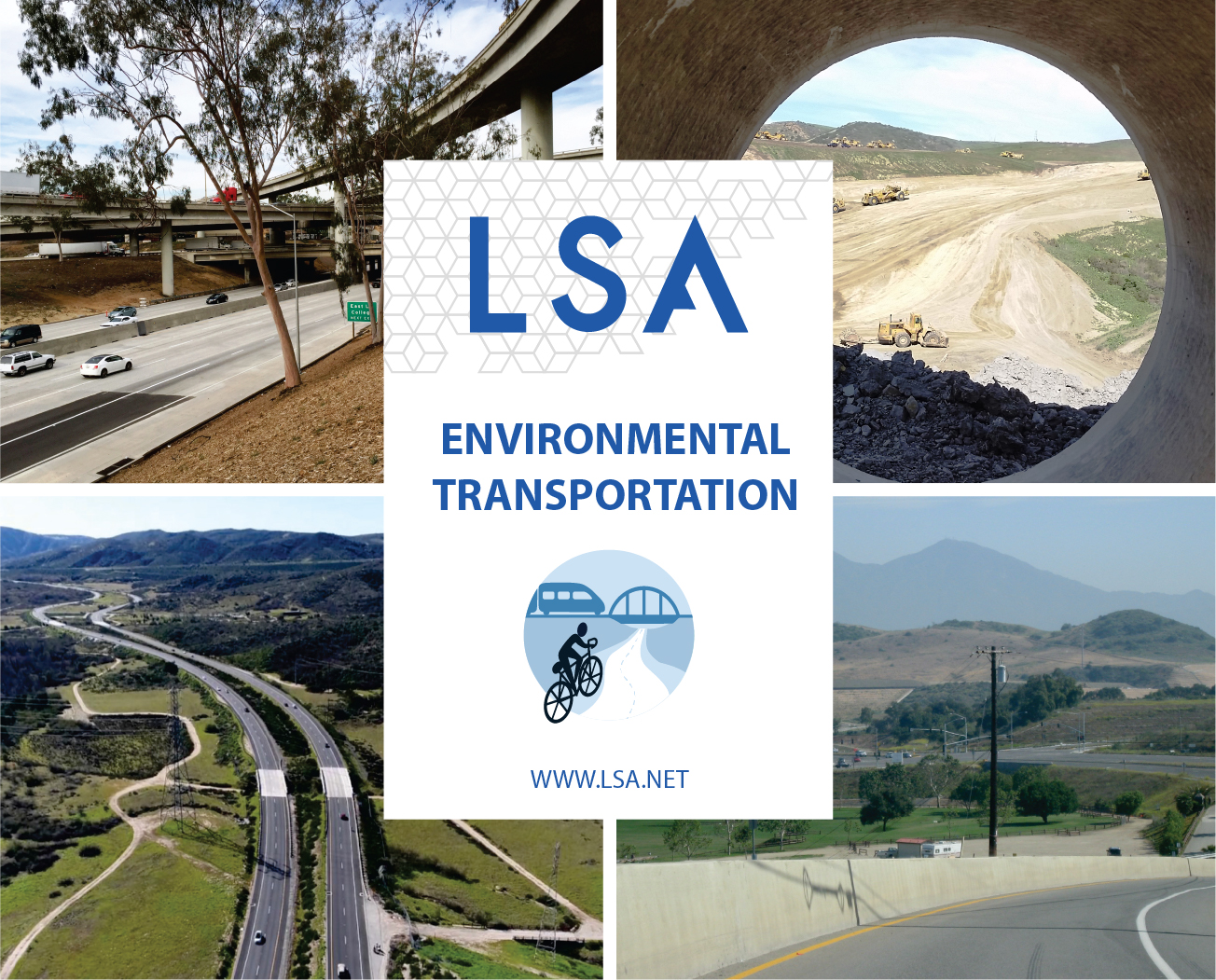Transportation and Mobility Transportation and mobility are more than the movement of people, goods, and…
Tony’s Corner: Housing and VMT

California is experiencing a housing crisis. We are in the grip of a climate crisis. The shortage of water has created another crisis. So many crises, it can become overwhelming. Given the seemingly insurmountable task, our legislators boldly act to remedy the State’s ills. Unfortunately, many of these solutions have unintended consequences and, more discouragingly, contradict the original objectives of their intentions. Let’s take housing and climate.
We read daily of the bills becoming laws that are intended to grow the supply of housing, addressing accessibility and affordability across all communities. The imposition of State rule is rolling back local control and affecting communities across California, from small rural communities to large urban centers. Accessory dwelling units (ADUs), lot splits, and ministerial approvals are now in play from El Centro to Eureka. The objective is to open the floodgates of new housing proposals, from small lot splits to larger multifamily developments. According to their authors, we should experience a significant increase in housing stock as a direct result of these legislative actions.
At the same time, Californians are being required to address climate change and diminish the production of greenhouse gas (GHG) emissions. Our legislators found the California Environmental Quality Act (CEQA) to be one tool to affect change in GHG production. Senate Bill (SB) 743 changes the metric for transportation impacts from vehicle delay and congestion (measured by level of service) to vehicle miles traveled (VMT). VMT is the product of the number of trips a new development would generate multiplied by the estimated distance those trips travel.
To avoid a significant environmental impact, a new development (a housing project) must generate fewer VMT than the current amount of VMT for that area. And here is the rub: many housing projects are being proposed in existing residentially zoned and developed areas. These new projects will more than likely generate the same, not fewer, VMT than the adjacent residences. To generate fewer VMT, these projects must spend more on amenities and infrastructure, making the cost of these new dwelling units greater, not less. The VMT metric may make it unattractive to build new housing.
This new metric is being imposed across the entire State, regardless of location, density, demographics, or any other factor. What may work in dense urban areas like San Francisco or Los Angeles is proving to be near impossible in the Central Valley and the Coachella Valley. Recent research has shown that CEQA and the new VMT metric is adversely affecting housing production. Two independent solutions to crises (housing and climate) have exacerbated both. You see, housing production is below threshold levels and VMT has not diminished since the landmark Assembly Bill 32, the origin of the climate Scoping Plan, was adopted.
Exceptions to the VMT prohibition do exist. When residential projects are proposed in low VMT areas or near robust transit, they are not likely to create adverse impacts. Projects that propose 100 percent affordable housing can be screened out of the VMT analysis process. But these limited exceptions do not address the spectrum of housing that is needed in the State, from workforce housing to market‑rate dwellings.
Local agencies will continue to experience contradictions in direction when considering new residential projects. What can be done?
- The low‑hanging fruit: Work within CEQA to support growth in select housing types. Agencies can promote residential development where screening can be accomplished. Areas that are transit adjacent, generate very low VMT, adjacent to retail and commercial services should be explored and encouraged. In doing so, growth in housing stock can be realized without triggering significant CEQA impacts and costly mitigation measures.
- The sweat equity: Develop resources to create inventory of substantial evidence to alter existing CEQA interpretation. Contradicting State guidance from VMT policy requires substantial evidence, a legal term that implies an exhaustive inventory of data to support the divergence. In one example, State guidance would indicate a trip generation threshold of 100 daily trips as a VMT screening criterion. However, other topical areas of CEQA would indicate a threshold of 1,500 daily trips as a reliable criterion.
- The heavy lifting: Advocate for more refined and focused policy options. Our legislators started as our neighbors. Reminding them of our local conditions and seeking consideration of local circumstances in policy directives is an appropriate activity in a democratic society. Application of the VMT metric in dense urban areas, as opposed to rural or suburban regions, may be one starting place. Blending housing and transportation policy and legislation so it does not conflict is one other alternative. This is the difficult task; it must be creative and must directly impact the impediment experienced. But if successful, it can yield great results.


